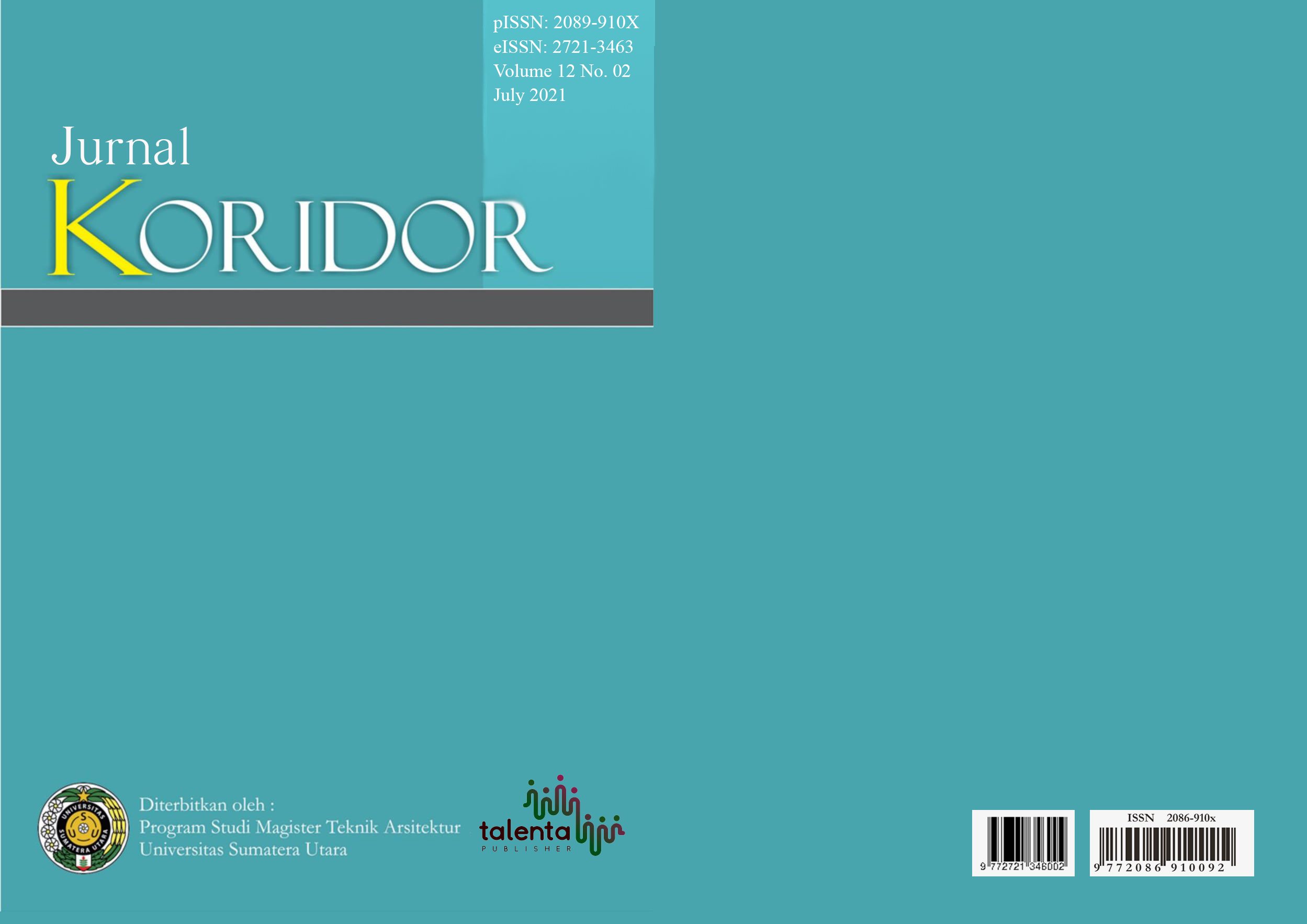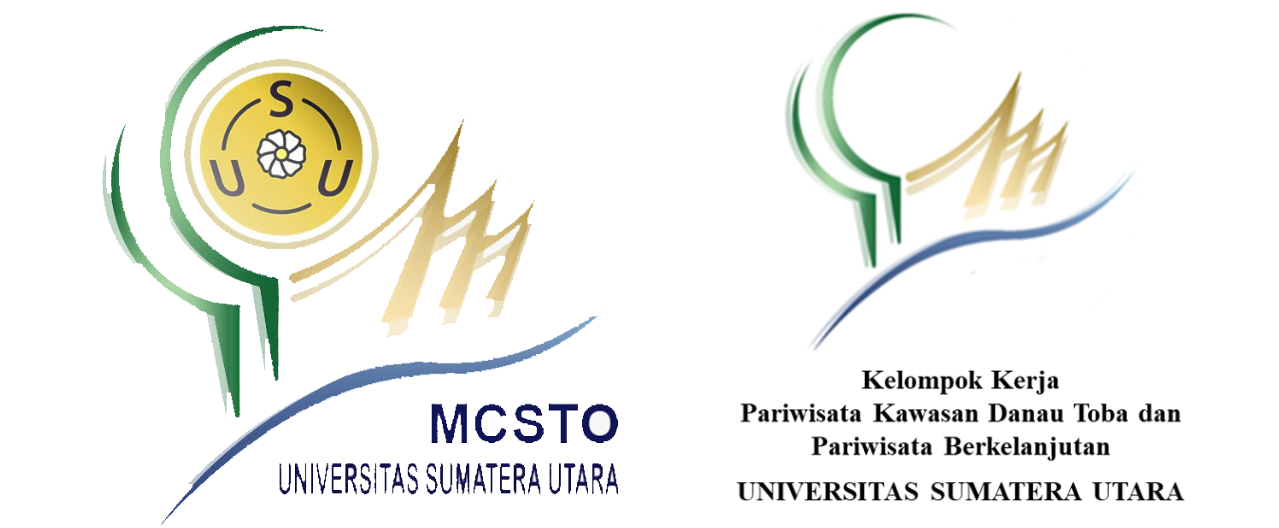DESIGN OF MENTAL HEALTH CENTER WITH BIOPHILIC ARCHITECTURE APPROACH IN MEDAN CITY
DOI:
https://doi.org/10.32734/koridor.v12i02.6624Keywords:
Demographic Bonus, Mental Health Facility, Biophilic DesignAbstract
Indonesia is one of the countries that will enter the era of demographic bonus. The demographic bonus is that the productive age population's growth is more significant than the structure of the unproductive age population. Meanwhile, Indonesia is still experiencing difficulties in one of the health problems often experienced by adolescents, namely mental health. Medan is the capital city of North Sumatra Province, which has the 8th largest depression sufferer. A design approach that can answer this question is biophilic design. Biophilic design is a design approach based on biophilia, which is intended to create a space that can improve the well-being of human life physically and mentally by approaching the positive relationship between humans and nature. The Mental Health Center design method uses qualitative research methods, which will go through several processes that aim to identify the biophilic design and compare it to the interior design facility standards.
Â
Downloads
References
Kementerian Perencanaan Pembangunan Nasional/Bappenas, “Bonus Demografi 2030-2040: Strategi Indonesia Terkait Ketenagakerjaan dan Pendidikan,†(2017). Jakarta.
Dewi, Sita, Dwi Listyowati, Bertha Elvy Napitupulu. (2018). Bonus Demografi di Indonesia: Suatu Anugerah atau Petaka. JISAMAR: Journal of Information System, Applied, Management, Accounting and Research. 2(3): 17-23.
Sarmita, I Made. (2017). Refleksi Kritis Kondisi Demografi Indonesia: Antara Bonus dan Bencana Demografi. Jurnal MKG. 18(1): 66-76.
Kementerian Perencanaan Pembangunan Nasional/Bappenas, “Outlook Pembangunan Indonesia 2018: Pemanfaatan Bonus Demografi,†(2017). Jakarta.
Kementerian Kesehatan RI. (2019). Badan Penelitian dan Pengembangan Kesehatan. Laporan Riset Kesehatan Dasar 2019. Jakarta; Kementerian Kesehatan RI.
Ayuningtyas, Dumilah, Misnaniarti, Marisa Rayhani. (2018). Analisis Situasi Kesehatan Mental Pada Masyarakat di Indonesia dan Strategi Penanggulangannya. Jurnal Ilmu Kesehatan Masyarakat. 9(1): 1-10.
WHO. Mental Health Action Plan 2013 – 2020. Geneva: World Health Organization. (2013).
WHO. Depression and Other Common Mental Disorders. Global Health Estimates. Geneva: World Health Organization. (2017).
Kementerian Kesehatan RI. (2018). Badan Penelitian dan Pengembangan Kesehatan. Laporan Riset Kesehatan Dasar 2018. Jakarta; Kementerian Kesehatan RI.
BPS. (2019). Jakarta. Biro Pusat Statistik.
Chiara, Joseph de, John Callender. (1987). Time-Saver Standards For Building Types 2nd Edition. Singapore: McGRAW HILL INTERNATIONAL EDITION.
Browning, W.D., Ryan, C.O., Clancy, J.O., (2014). 14 Patterns of Biophilic Design: Improving Health & Well-being in the Built Environment. New York: Terrapin Bright Green, LLC
Kellert, S.R., Calabrese, E.F., (2015). The Practice of Biophilic Design.
J. Priatman, “Konsep desain biophilia sebagai dimensi hijau pada arsitektur empatik,†dalam Seminar Nasional Menuju Arsitektur berEmpati Surabaya: Universitas Kristen Petra (2012) 38-39.
Siyoto, Sandu, M Ali Sodik. (2015). Dasar Metodologi Penelitian. Yogyakarta












